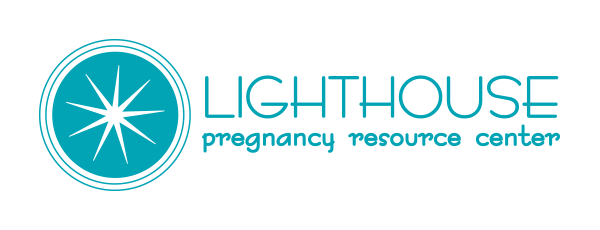
27 Mar What are the Different Types of Abortion?
When you realize that you’re unexpectedly pregnant, one of the first solutions you are likely to consider is abortion. As you weigh your options, it’s important to become as knowledgeable as possible so that you can confidently make the wisest, and safest decision for your pregnancy.
Depending on which trimester you’re in, there are two types of abortion: one is drug-induced up to 10 weeks gestation (medication abortion) and one requires a procedure at a clinic (a surgical abortion).
What is Medical Abortion?
Medical abortion is an option only if you are in your first trimester. It begins with taking a drug called mifepristone, which blocks the pregnancy from receiving progesterone (a hormone required for it to progress), so the pregnancy stops growing. Symptoms of this step are usually nausea and bleeding.
About 48 hours after taking mifepristone, the next step is to take misoprostol, which will expel the fetus and uterine lining.
Side-effects of this step include cramping and heavy bleeding (more discomfort is reported with this second step). This includes large blood clots which can range in size but some can be the size of lemons. Bleeding can continue up to two weeks after the pregnancy.
Even when taking the abortion pill as prescribed, you may still be at risk for serious health complications and severe discomfort. Risks of a medication pill include infection, sepsis, and hemorrhaging.
What is Surgical Abortion?
Although medication abortions are often done in the privacy of the home, surgical abortions (also called suction curette abortions) are more invasive and occur within a clinic, and require two different visits. Essentially a doctor uses suction to empty the uterus of the fetus and pregnancy tissue.
However, if the pregnancy is past 12 weeks, the cervix has to be softened, usually by tablets taken by mouth or inserted into the vagina. Another method is a special tool that is left in to widen the cervix so that the doctor can conduct the actual procedure 1-2 days later.
Suction is then used to remove the fetus and placenta. The uterus is then cleaned with a curette, which looks like a long thick needle, to remove any remaining tissue in order to prevent infection.
What Should My First Step Be?
One of the most important things you can do for yourself is to make sure that you have a sound support system that will help you navigate this season. Fortunately, there is a wide range of options and resources for women facing unplanned pregnancies.
Here at Lighthouse Pregnancy Resource Center, our staff is dedicated to providing a pressure-free environment for women to ask questions and learn what those options are. We also offer an ultrasound to medically confirm your pregnancy if you have not yet done so.
Schedule a no-cost consultation to discuss your options with our client advocates in a supportive, confidential environment.

